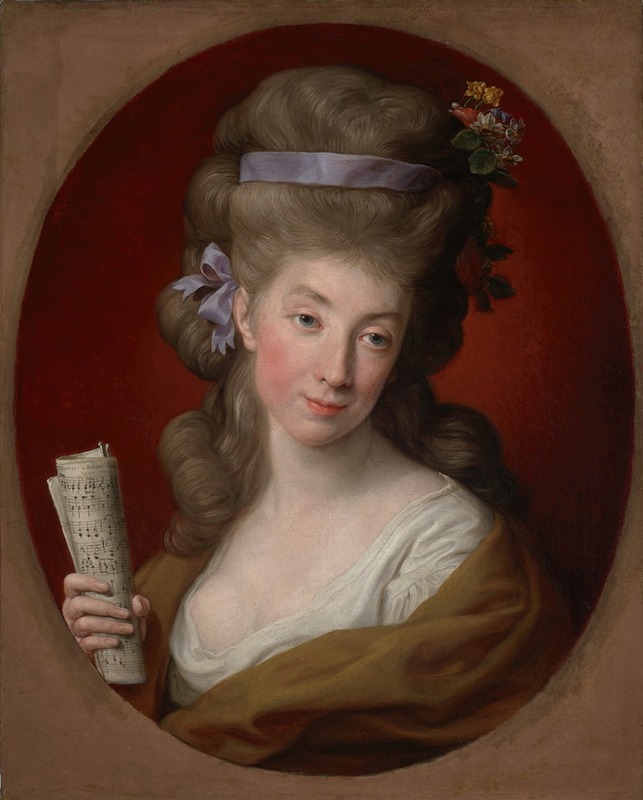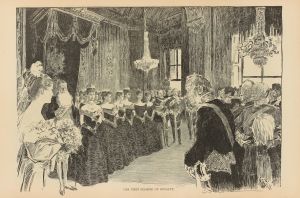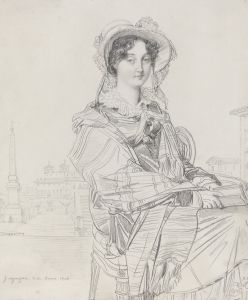
Portrait of Izabela née Lubomirska, Wife of Ignacy Potocki
A hand-painted replica of Pompeo Batoni’s masterpiece Portrait of Izabela née Lubomirska, Wife of Ignacy Potocki, meticulously crafted by professional artists to capture the true essence of the original. Each piece is created with museum-quality canvas and rare mineral pigments, carefully painted by experienced artists with delicate brushstrokes and rich, layered colors to perfectly recreate the texture of the original artwork. Unlike machine-printed reproductions, this hand-painted version brings the painting to life, infused with the artist’s emotions and skill in every stroke. Whether for personal collection or home decoration, it instantly elevates the artistic atmosphere of any space.
Pompeo Batoni's "Portrait of Izabela née Lubomirska, Wife of Ignacy Potocki" is a distinguished example of 18th-century portraiture, showcasing the artist's skill in capturing the elegance and status of his subjects. Batoni, an Italian painter renowned for his portraits of European aristocracy, was a leading figure in the Rococo and Neoclassical movements. His works are celebrated for their meticulous attention to detail, vibrant color palette, and the ability to convey the personality and social standing of the sitter.
Izabela Lubomirska, the subject of this portrait, was a member of the Polish nobility, born into the influential Lubomirski family. She married Ignacy Potocki, a prominent Polish nobleman, politician, and writer, who played a significant role in the political landscape of Poland during the late 18th century. The marriage between Izabela and Ignacy Potocki was not only a union of two powerful families but also a reflection of the intricate social and political alliances of the time.
The portrait exemplifies Batoni's characteristic style, where he combines elements of realism with idealized beauty. Izabela is depicted with a serene and composed expression, dressed in luxurious attire that signifies her high social status. The use of rich fabrics and intricate details in her clothing highlights Batoni's ability to render textures and materials with great precision. The background of the portrait is typically understated, ensuring that the focus remains on the sitter, yet it often includes elements that suggest the sitter's noble status or personal interests.
Batoni's portraits were highly sought after by the European elite, and his studio in Rome became a popular destination for those undertaking the Grand Tour, a traditional trip around Europe undertaken by mainly upper-class European young men of means. It was during these tours that many aristocrats, including Polish nobility, commissioned portraits from Batoni to commemorate their travels and affirm their cultural and social status.
The portrait of Izabela Lubomirska is not only a testament to Batoni's artistic prowess but also serves as a historical document that provides insight into the fashion, culture, and social dynamics of 18th-century European nobility. Through his work, Batoni managed to capture the essence of an era marked by opulence, political intrigue, and the shifting tides of power among Europe's ruling classes.
Today, Batoni's portraits, including that of Izabela Lubomirska, are held in high regard and can be found in prestigious art collections and museums around the world. They continue to be studied and admired for their artistic merit and historical significance, offering a window into the lives and times of the individuals who shaped European history.

















